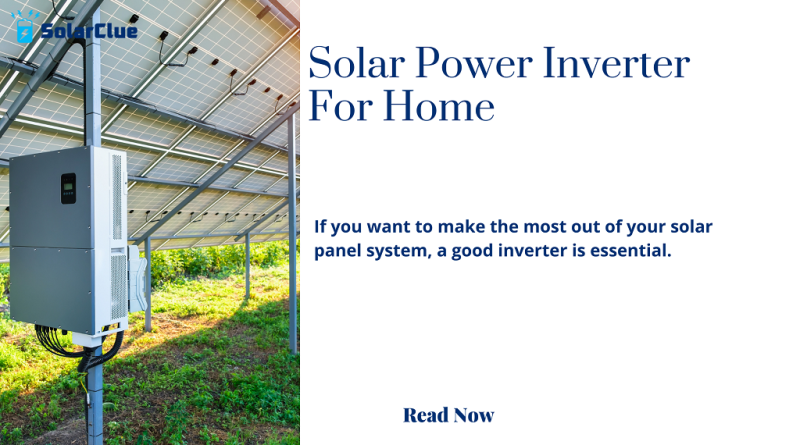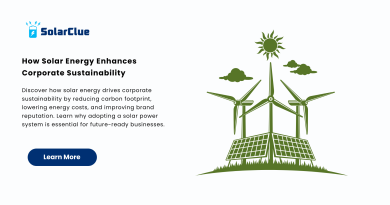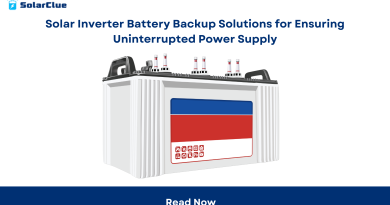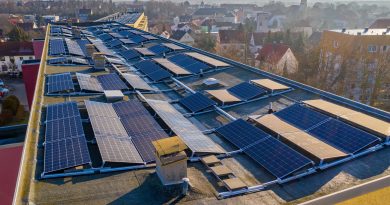Solar Power Inverter For Home
You’ve decided to harness the power of the sun to energize your home— IT’s a great choice! Solar energy is not only eco-friendly but also a smart way to save on electricity bills. But before you start basking in the glory of renewable energy, there’s one crucial component you’ll need to understand: the solar power inverter. Don’t worry if you’re feeling a bit lost; we’ll walk you through everything you need to know in simple terms.
Table of Contents
What Is a Solar Power Inverter?
A solar power inverter is a device that plays a pivotal role in any solar energy system. Its main job is to convert the direct current (DC) electricity generated by your solar panels into alternating current (AC) electricity, which is what your home appliances use. Think of it as the translator between your solar panels and your household.
Why Do You Need a Solar Power Inverter?
If you want to make the most out of your solar panel system, a good inverter is essential. Without it, the electricity generated by your panels would be useless because your home appliances run on AC power, not DC. The inverter ensures that the power you generate is converted into a form that can be used to power everything from your refrigerator to your laptop.
Types of Solar Power Inverters
There are several types of solar power inverters, each with its own set of benefits and limitations. Here’s a quick overview:
1.String Inverters: These are the most common and cost-effective type of inverters. They connect to a series of solar panels (a “string”) and convert their collective DC output into AC. They’re straightforward and typically work well, but if one panel is shaded or dirty, it can affect the entire string’s performance.
2.Microinverters: These are smaller units attached to each individual solar panel. They offer greater flexibility and can optimize each panel’s performance, making them a good choice if you have shading issues or panels facing different directions. However, they tend to be more expensive than string inverters.
3.Power Optimizers: These work alongside string inverters. Installed on each panel, power optimizers help to maximize the performance of each panel by optimizing the DC output before sending it to the inverter. This setup can be a good compromise between cost and efficiency, especially if your system has shading issues.
4.Hybrid Inverters: These are versatile units that can manage both solar panel inputs and battery storage. They are ideal if you plan to add battery storage to your system, allowing you to store excess energy for later use. They can be more expensive and complex but offer greater flexibility.
How to Choose the Best Solar Power Inverter for Your Home
Selecting the right solar power inverter involves considering several key factors. Here’s a straightforward guide to help you make the best choice:
1. Understand Your Power Needs
Start by assessing how much electricity your home uses. Check your past electricity bills to get a sense of your consumption patterns. This will help you determine the capacity you need from your inverter.
2. Consider the Type of Solar Panel System
The type and size of your solar panel system will influence the type of inverter that’s best for you. For example, if you have a large system or panels with varying orientations, you might benefit from microinverters or power optimizers.
3. Check Efficiency and Performance
Inverter efficiency affects how much of the DC electricity from your panels is converted into usable AC electricity. Look for inverters with high efficiency ratings to ensure you’re getting the most out of your solar power system.
4. Evaluate Warranty and Reliability
A good solar power inverter should come with a solid warranty—typically 5 to 10 years. This ensures you’re protected if something goes wrong. Additionally, choose a reputable brand known for reliability and good customer service.
5. Look for Additional Features
Some inverters come with advanced features like monitoring systems that allow you to track your solar power production and usage. This can be useful for ensuring that your system is running efficiently and for troubleshooting any issues.
Comparing Solar Power Inverters
To help you understand the differences between various types of solar power inverters, here’s a comparison table:
| Type of Inverter | Pros | Cons | Best For |
|---|---|---|---|
| String Inverter | Cost-effective, simple installation | Performance can be affected by shading | Standard residential setups |
| Microinverter | Optimizes performance for each panel, good for shading | Higher cost, more complex installation | Homes with shading issues or varied panel orientations |
| Power Optimizer | Enhances string inverter performance, more affordable than microinverters | Requires string inverter, more components | Systems with shading issues or varied panel orientations |
| Hybrid Inverter | Supports battery storage, versatile | Higher cost, more complex installation | Homes planning to add battery storage |
Conclusion
Choosing the right solar power inverter for your home might seem like a daunting task, but it doesn’t have to be. By understanding the different types of inverters and their benefits, you can make an informed decision that best fits your needs and budget. Whether you opt for a string inverter, microinverters, power optimizers, or a hybrid inverter, the goal is to ensure that your solar system operates efficiently and effectively.
Remember, the right inverter will help you make the most of your solar panels, providing you with clean, renewable energy and potentially significant savings on your electricity bills. So take your time, evaluate your options, and choose wisely!
Visit SolarClue® to see the best Solar Inverter. SolarClue® actively sells solar energy products at discounts of up to 50% on its online marketplace.
FAQs
1. What does a solar power inverter do? A solar power inverter converts the DC electricity generated by solar panels into AC electricity that can be used to power household appliances.
2. How long do solar power inverters last? Most solar power inverters have a lifespan of 5 to 10 years. Some high-quality models may last longer with proper maintenance.
3. Can I install a solar power inverter myself? While it is possible to install an inverter yourself, it is generally recommended to hire a professional to ensure proper installation and optimal performance.
4. What is the difference between a string inverter and a microinverter? A string inverter is connected to multiple panels and can be affected by shading on one panel. A microinverter is installed on each panel, optimizing performance individually and handling shading issues better.
5. Are hybrid inverters worth the extra cost? Hybrid inverters are worth the investment if you plan to add battery storage to your solar system in the future. They offer greater flexibility and efficiency, though they come with a higher price tag.




